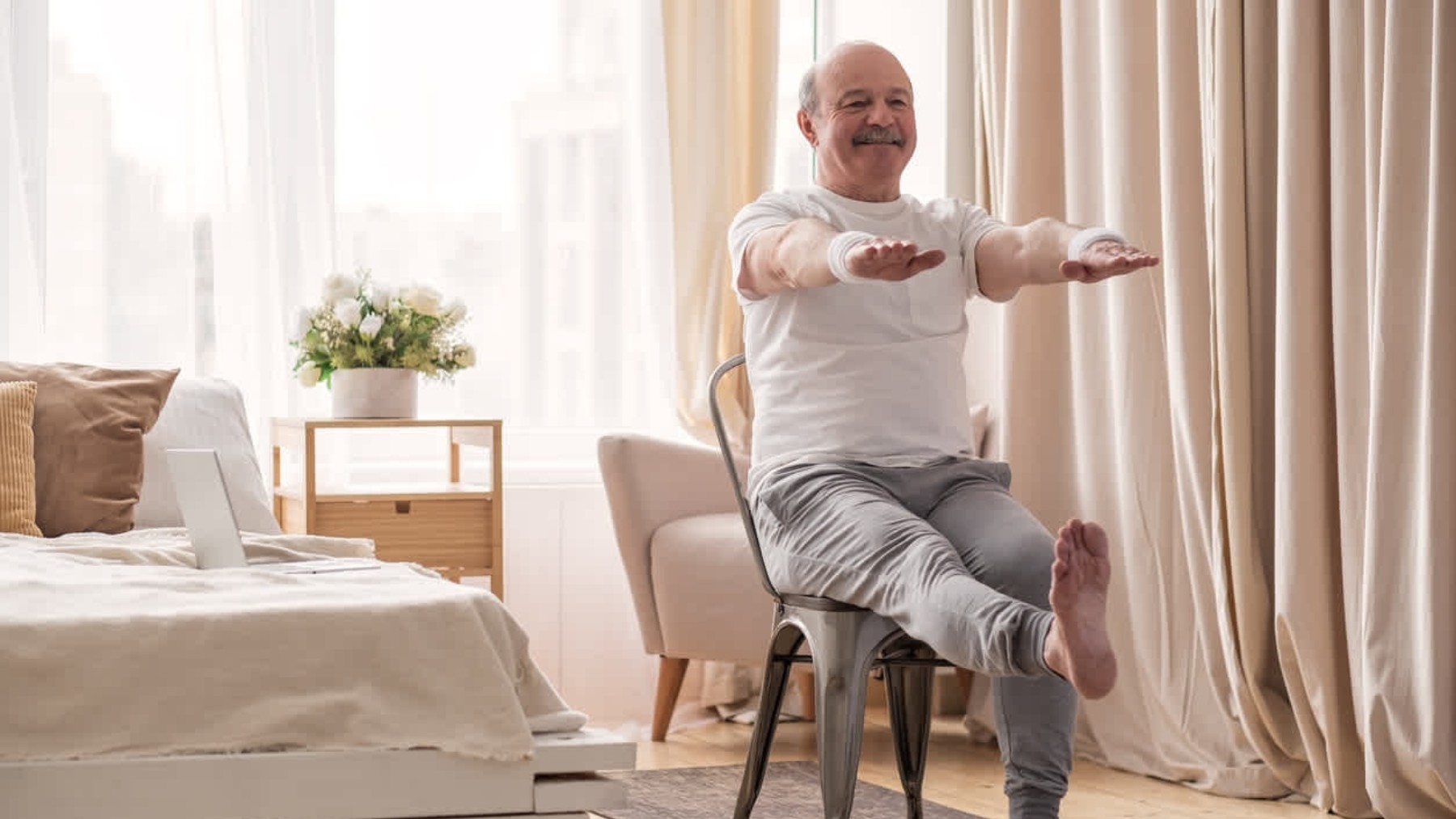An article published in The Times of India details the multiple benefits that something as simple as having strong legs can bring to longevity. Having good muscle mass, especially in the legs, has been directly linked to a lower risk of premature death and a better quality of life in old age. Good muscle strength not only provides independence and ensures autonomous mobility but is also associated with brain benefits and cardiovascular health.
By working out regularly, muscles improve blood circulation, reduce inflammation, and support cardiovascular function. Therefore, to enjoy healthy and active aging and a good quality of life, it is important to incorporate physical exercise gradually and consistently over time, making it a habit. Having strength in the legs not only helps prevent falls, but also stimulates metabolism, benefits cardiovascular health, and gives us the freedom of a completely healthy body.
Strong legs
The Times of India has published an article presenting evidence that shows the secret to longevity has nothing to do with medication and supplements, but with something much simpler: muscle strength. Specifically, having good muscle mass in the legs and thighs, which has been shown to be directly related to a lower risk of premature death and a better quality of life in old age. Mobility becomes increasingly affected by the passage of years, so being able to walk, stand up, maintain balance, or climb stairs means that a person has independence and freedom like any other healthy body.
In what ways does having strong legs improve health?
It is evident that if we have strong legs, we will have a lower risk of falling, which is one of the main causes of serious injuries and hospitalization among the elderly. Besides this safety, mobility, and independence, having developed muscles also has direct implications for the heart and brain. Regular muscle exercise improves blood circulation, reduces inflammation, and enhances the function of the cardiovascular system. This causes the heart to generate a constant flow of oxygen, sending nutrients to all organs, which also improves concentration, memory, and mood. The same happens with movement.
The release of endorphins produces a general sense of well-being, leading to less cognitive decline and reduced development of neurodegenerative diseases. The simple act of walking and exercising the leg muscles sets in motion an entire internal process, which provides benefits at the physical, mental, cerebral, and cardiovascular levels, offering more than a good quality of life that allows you to enjoy active and healthy aging.
How to introduce physical activity?
It is important to understand that it is not about joining a gym and working your legs three days a week (although that can be done if you want). Strengthening your legs is a simple activity that can be done at home, without the need for equipment. Climbing stairs, doing squats, balance exercises, or taking regular walks are more than enough to keep legs strong and notice a difference.
The important thing is to turn it into a habit that lasts over time, beyond having very intense sessions. Short sessions several times a week would be a good choice. This gradual method also prevents joint damage, as it involves gentle exercise that doesn’t overstrain them and allows them to gradually get used to the mobility and strength capacity of the muscles.

